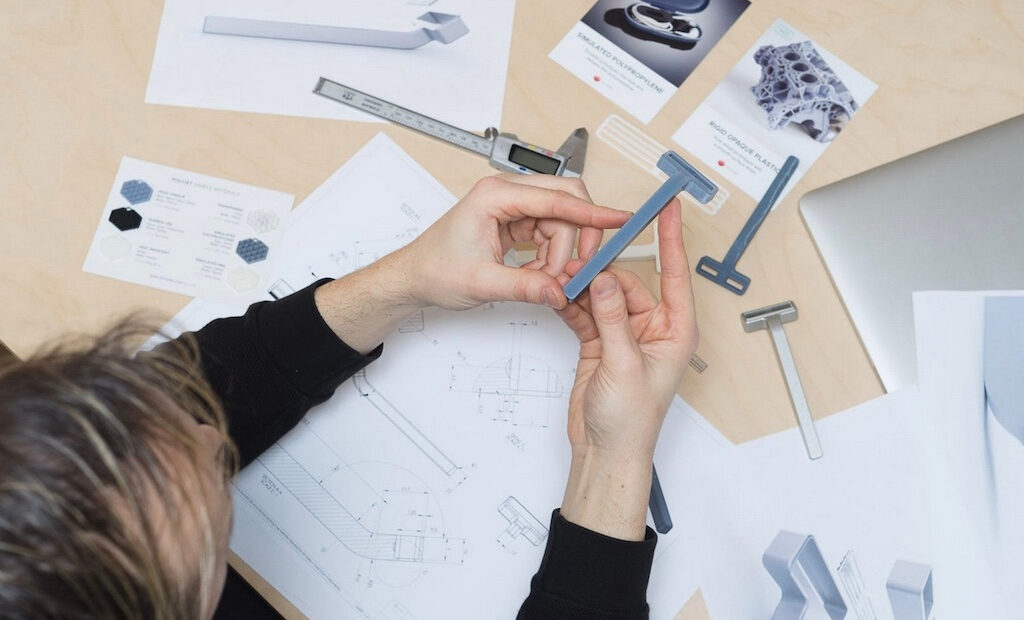What are potential business applications of 3D printing?

Manufacturing plays a vital role in the lives of many entrepreneurs and small business owners. With the continuous advancement of technology, new manufacturing methods continue to emerge. Just take a look at all options available when outsourcing the manufacturing process to machining services. Among these relatively new methods is 3D printing. Its widespread use in manufacturing has increased in recent years. This is partially the case since additive manufacturing, which is a synonym of 3D printing, has various business applications. Below are a few examples.
Design applications for 3D printing
When designing products, engineers must take into account the limitations of the production process. 3D printers can create parts that were previously thought to be impossible using traditional manufacturing techniques. This opens up a whole new world in the design phase, which can produce better and more efficient products and components. Many of these 3D printed jobs add value to important products, while others are completely unusual. This is possible since additive manufacturing essentially offers a freeform design, which means that even the weirdest shapes can be designed and then produced with the help of a 3D printer.
Efficient prototyping with the 3D printing technology
One of the oldest business applications for 3D printers is to quickly and efficiently prototype. Since the invention of the printer in 1983, the company has used 3D printing services to create a viable model of the desired end product to test the concept or show off to future potential investors. In fact, additive manufacturing was even called rapid prototyping in the past. Even though this is no longer really the case, 3D printing can still be a great way to quickly produce a functional model. After the prototype has been made, it’s of course necessary to test and improve it.
Low-volume production
Although 3D printers can be slow, they are good for meeting small batch production needs. As with prototyping, if the entrepreneur is ready to launch a new product and is unsure of demand, they can print a small quantity to test the waters. For example, in medical equipment, low-volume production is also common because manufacturers create, test and redesign their products to optimise them. Low-volume manufacturing suits the capabilities of additive manufacturing, but 3D printing nowadays is a viable option for high-volume production too due to advances in technology. However, small businesses should still consider the value of 3D printers in the mass customisation of products.
Biomedical devices designed for humans
A particularly interesting aspect of 3D printing is the ability to print biomedical devices designed specifically for humans. For example, some companies are developing customised 3D printed prostheses for amputees. These prostheses are designed to make the user more comfortable, while their aesthetic can be customised as well based on the wishes of the user. These biomedical components can be 3D printed so they better match the characteristics of the user than the off-the-shelf parts. In the future, 3D printing can likely create printable organs too, which is an innovation bound to happen soon.
The editorial unit
Photo: Hubs.com























Facebook
Twitter
Instagram
YouTube
RSS